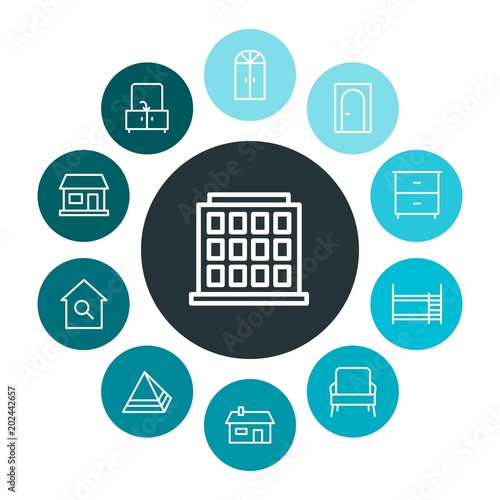Explore The Captivating Trip Of Refurbishing Ancient Closets, Introducing Hidden Narratives And Understanding The Enigmas Of Lost Eras
Explore The Captivating Trip Of Refurbishing Ancient Closets, Introducing Hidden Narratives And Understanding The Enigmas Of Lost Eras
Blog Article
Content Author-Burke Kerr
To begin the journey of restoring antique closets, you require a keen eye for detail. Visualize discovering covert secrets within each layer of background ingrained in the wood. Image the fulfillment of restoring a once-forgotten item to its former magnificence. Every step of this precise process holds the crucial to maintaining the past while creating a future treasure. So, are you all set to start this transformative venture and unlock the possibility of your antique closets?
Assessing the Cupboard's Problem
When beginning the reconstruction process, start by analyzing the condition of the antique cabinet. Very carefully examine the overall framework for any indicators of damage such as cracks, chips, or loose joints. Inspect the wood for any rot, warping, or insect infestation that might have happened in time. It's critical to establish the extent of the restoration needed prior to proceeding further.
Next off, check the cabinet's hardware such as hinges, handles, and locks. Make note of any kind of missing out on pieces or parts that need repair work or replacement. Make sure that all equipment is working correctly and firmly connected to the cabinet.
Furthermore, examine the closet's surface. Look for helpful site , discolorations, or staining that may influence the aesthetic allure. Establish if the coating needs to be stripped and reapplied or if an easy touch-up will be adequate.
Collecting the Required Devices and Materials
After evaluating the condition of the antique cupboard, the next step is to collect the required devices and materials for the reconstruction process. Before you start, guarantee you have the adhering to items handy:
- wood cleaner
- sandpaper in different grits
- wood filler
- paint or timber discolor
- brushes
- handwear covers
- security goggles
- a dust mask
- a ground cloth
- a putty blade
- a hammer
- a screwdriver
- a vacuum cleaner
These devices and products are vital for a successful remediation.
Wood cleaner is vital for removing years of dust and gunk buildup, preparing the surface area for fining sand. Sandpaper of various grits assists in raveling blemishes and preparing the wood for a brand-new surface. https://radonhomeinspection10864.actoblog.com/29887331/embark-on-the-path-to-finding-the-best-wood-for-your-personalized-cabinets-equipped-with-professional-understanding-and-necessary-suggestions is handy for fixing any kind of fractures, holes, or damages existing in the closet.
Repaint or timber tarnish, in addition to brushes, permit you to tailor the closet to your choice. Remember to use handwear covers, security goggles, and a dust mask for protection. Lay down a ground cloth to shield your workplace, and make use of a hoover to clean up any kind of particles.
With these tools and materials collected, you prepare to start the remediation process.
Implementing the Repair Refine
To successfully perform the remediation process on your antique closet, begin by completely cleansing the surface with the timber cleaner. This step is crucial as it aids eliminate years of dirt, crud, and old polish that may have collected on the surface.
As soon as the closet is clean and dry, analyze the problem of the wood. Search for any cracks, scratches, or various other problems that require to be resolved. Use wood filler to repair any imperfections, making sure to match the filler shade to the timber tone for a seamless coating.
After the repair services have dried out, gently sand the whole surface area to produce a smooth and even base for the new finish. Take care not to sand as well strongly, as you do not want to damage the timber below.
When the sanding is full, use a timber tarnish or end up of your selection, following the manufacturer's instructions. Allow the finish to completely dry entirely before applying a protective leading layer to make sure the long life of your restored antique cupboard.
Final thought
Since you have completed the reconstruction procedure, your antique cupboard looks like brand-new.
By adhering to the detailed guide, you had the ability to analyze, fix, and enhance its condition easily.
With a fresh finish and safety leading coat, your cherished item will certainly remain to radiate for many years to come.
Take pleasure in the charm of your restored antique cupboard!
